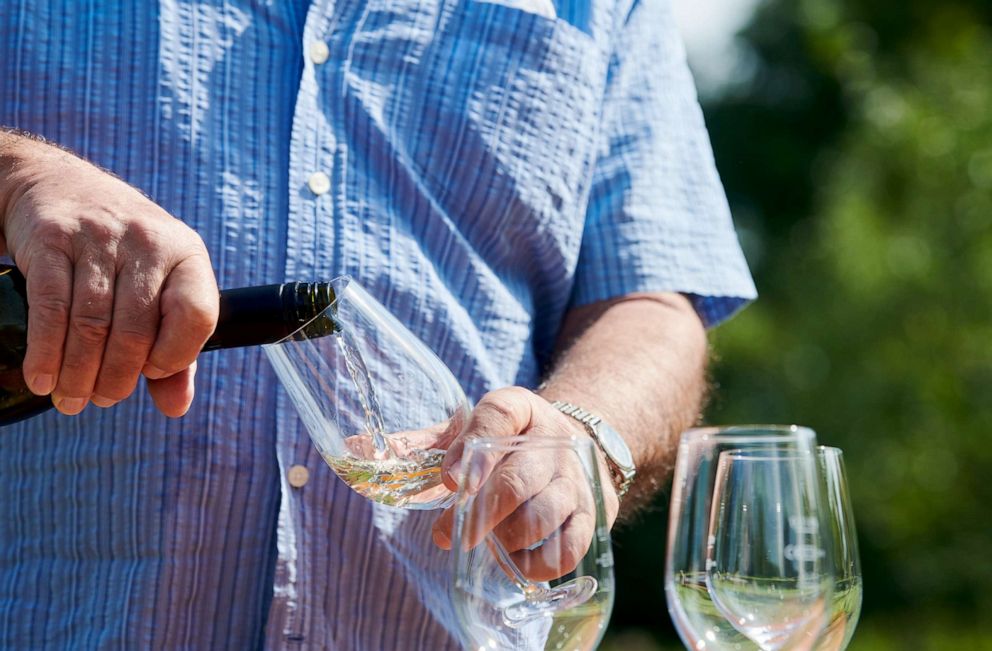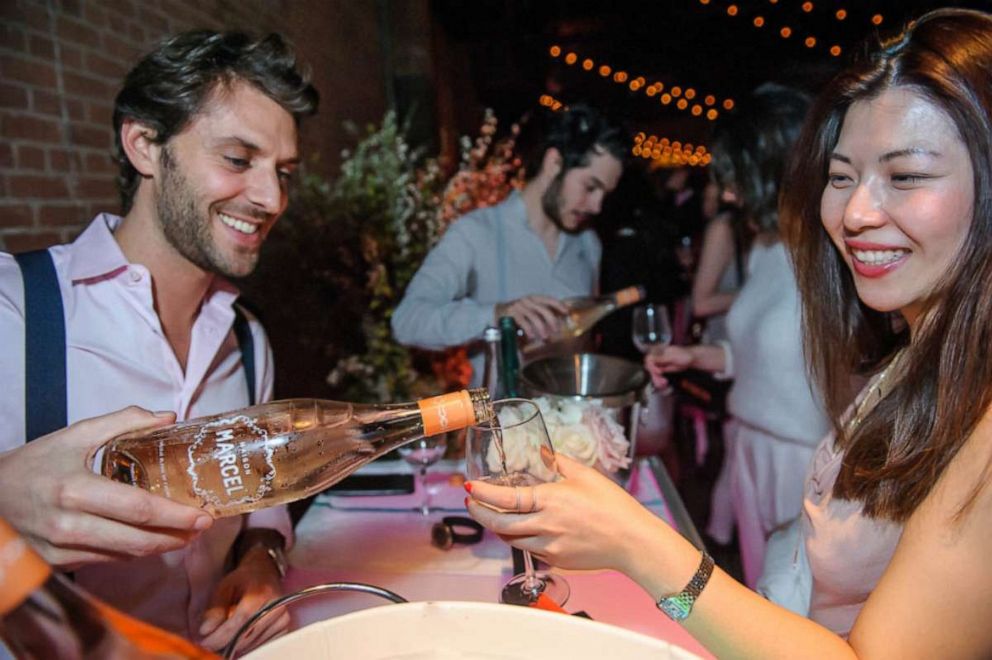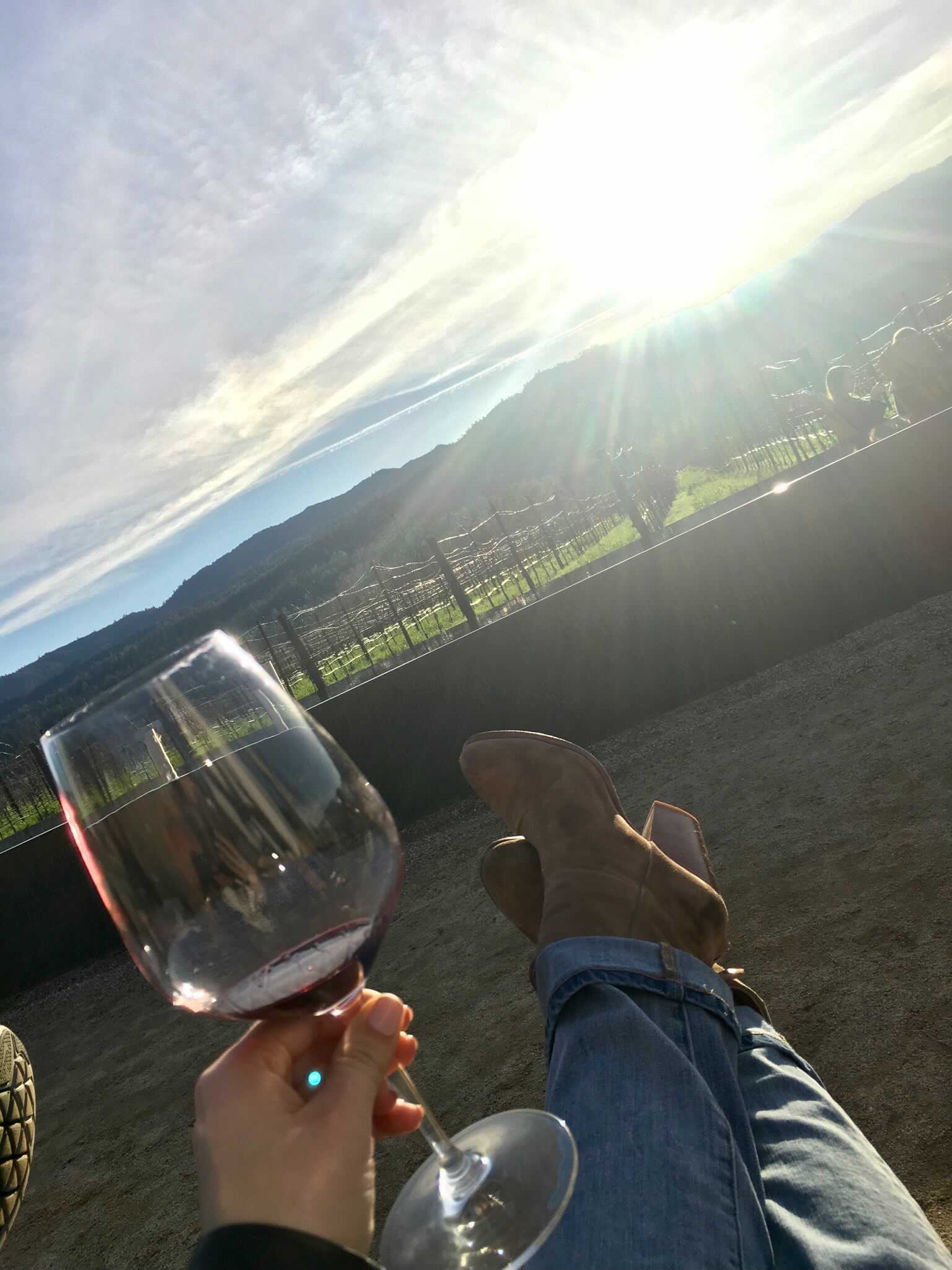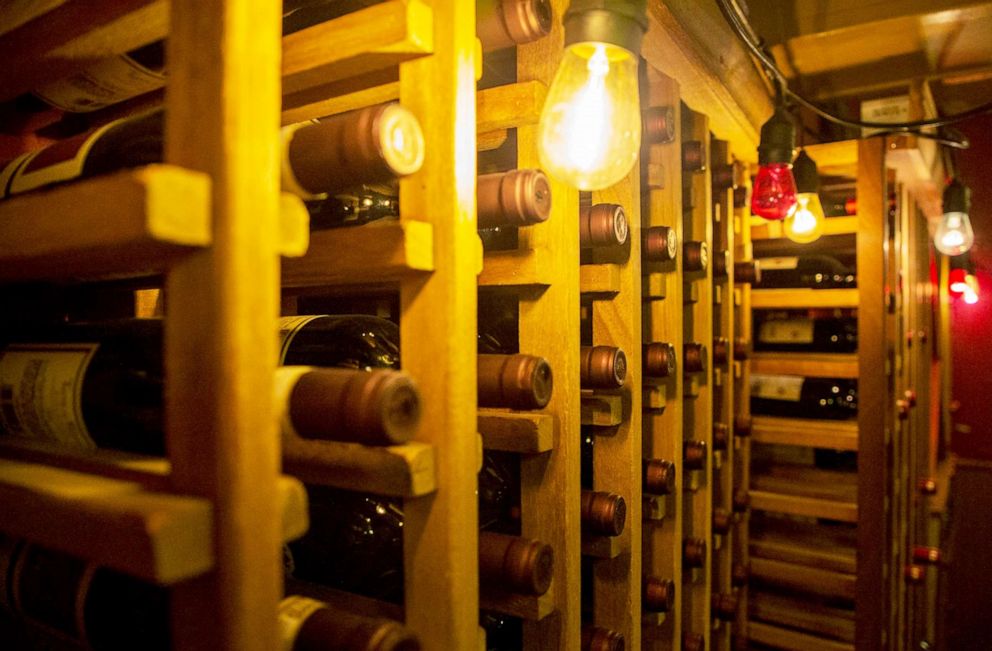Wine questions answered: How to pour, sip and store different varietals
Enjoy National Drink Wine Day with these expert tips.
Much like a fine wine, understanding how to drink it can be just as complex. But paired with the right expert advice, all you really need is enthusiasm, curiosity to learn, a corkscrew -- and probably a really great Bordeaux or other full-bodied red.

For National Drink Wine Day, "Good Morning America" spoke to industry authorities to help wine drinkers better understand what types they might enjoy and why, as well as commonly used terms to articulate different grapes, tastes, aromas and regions to equip even a novice wine enthusiast with the appropriate viticulture vernacular. They shared their expertise on everything from varietals, understanding your palate and what to do if you don't finish the bottle.
Terms, tasting tips, storage and gadgets, explained
Consider this your cheat sheet to tasting and trying new wine at home.
What in the word is that wine term?
"Wine terminology can be a bit of a rabbit hole, but knowing the process of tasting wine -- from aroma, to taste, to finish -- is important, as is acidity, tannin and body, which all describe how the wine feels on your palate," John Kapon, chairman of Acker Wines, the oldest wine shop in the U.S. and famed auction house, explained.
Hold up, you don't need to Google it. Let's break that down a bit further, because tannins are important. Tannins are the polyphenols from a grape's skin that create a bitter compound and can leave an astringent feeling in your mouth. It can also come from the seeds, stems and even wood from the barrels used to age wine. This is what gives wine its distinctive mouthfeel and texture that many refer to with terms like "body" or "structure."
Pick some wines, and get sipping
"The best way for new wine enthusiasts to learn about wine is to truly immerse themselves in the wine space," Kapon said. "Taste, taste and taste some more!"
"From sampling as many different grapes as possible, to reading about diverse regions, wine is all about sense and experience," he explained. "Wine can romance you with its story: how it was made, who made it and what was happening the year it was made. Try new things, taste as often as you can and enjoy the journey."
While he reiterated the value of "understanding the acidity of a wine and how it makes your mouth water or how tannins dry your palate," Kapon said, "It truly comes down to: 'Do you enjoy what you’re drinking, and does it make you want to take another sip?'"
Aroma can be equally as important while tasting, "as is finding a way in through the history, the geography and the winemakers themselves before ever pulling a cork," he said.
What will I like, and where is that from?

Wine is subjective and depends on personal tastes and experiences, but knowing the major grape varietals found in different parts of the globe is key to broaden an understanding of the world of wine, according to Kapon.
"Knowing that Cabernet can be the basis for Bordeaux wines but can also be found as California Cabernets or as a big part of Super Tuscan wines is fundamental," he said. "Someone may like Chardonnay, but their understanding of that grape may only be defined by the lens of California Chardonnays, so that same grape in Burgundy might taste totally different to them. Cabernet Sauvignon, Pinot Noir, Chardonnay and Merlot might be the grapes that people know and talk about the most, but Sangiovese, the grape in Chianti and Brunello, Riesling, which has an incredible diversity of interpretations both bone dry and sweet, and Syrah, the basis of many wines from the Rhone Valley and Australia, all should be considered as introductory grapes when beginning to learn about wine."
Lauren Buzzeo, managing editor of Wine Enthusiast" magazine, said for those new to wine, start on the lower end of the tannic spectrum with "fresh, fruit-forward selections and moderate acidity -- in the case of red wines." Personally, she would "reach for a bright California Pinot Noir or Beaujolais, which is made from a grape called Gamay."
Albert Dahan, founder and CEO of French wine producer Maison Marcel, explained that "you can usually identify the type of wine you're drinking based on the sweetness, acidity, tannin and body. Red wine is typically more full-bodied and tannic, while white wine is typically more acidic, crisp and refreshing. Dessert wines are usually sweeter due to the high alcohol content, and sparkling wines have a bubbly taste."
One of the most common wine myths that she helped dispel in honor of National Drink Wine Day is the broad generalization when people say, "I don’t like Chardonnay."
"The grape is so versatile and easily influenced by both terroir and winemaker influence, that final wines from around the world run a huge spectrum," she explained. "If you think you don’t like Chardonnay, instead pinpoint what about Chardonnay you don’t like, because I’m pretty sure there’s a counterpoint to that bad experience you had, and it might be amazingly delicious."
In the case of beautifully blush-hued wines from the South of France, Dahan said the Provence region is "considered the mecca and birthplace of rosé," thanks to the low coastal mountain ranges and ridges that create a varied mesoclimate for perfect vineyard temperatures and soil.
"Since we produce in the South of France, the diverse climate and soil create a well-balanced, lower acidity level with little residual sugar, making the wine smoother and easy to drink whenever and pairs well with most food," Dahan said.
Will this glass work?

"If you want to truly enjoy good wine, you need a great glass," Dahan explained. "A flared lip glass with a long stem is usually perfect for a young rosé. The structure also allows the wine to hit the tip of your tongue and activate your taste buds immediately. But if you have a more mature rosé on your hands, a shorter bowl-shaped glass is the way to go to appreciate the flavor."
As for reds and whites, things get a bit more detailed with different glasses for different grapes and blends. Dahan said "an easy and good rule of thumb is to have two sets of glasses."
"Select smaller wine glasses for white wine and larger glasses for red wine," he explained. "Generally, more full-bodied wines work best in large glasses so that there's room for the wine to breathe and develop its flavors."
How to store wine at home

Keep it cool
"Wine should be stored in a cool place in your home if you do not have a designated wine fridge," Kapon said. "Too often, people keep bottles underneath the sink or on top of the refrigerator, not realizing that these places get a bit too warm for wines in the long term."
He added that it's "always better to be too cold than too warm, so if you have to keep it in your fridge, that's better than a warm closet."
It's opened, and I'm not finished. Now what?
Once someone uncorks the bottle they've carefully selected, the preservation game is on if you don't plan on finishing it in one sitting.
Kapon said to "store it in the fridge with the cork in it and enjoy over a few days, depending on what your taste buds tell you."
Luckily, there are also some great gadgets on the market that Buzzeo and others find helpful for keeping a bottle of wine fresh for a few days, weeks or even months.
"If you’re constantly feeling like you’re always looking for one glass and then letting the rest of the bottle go to waste before you get to enjoy more of it, invest in a Coravin," she said, "It’s a fabulous system that will allow you to dispense pours from a sealed bottle for months without serious alteration to the wine’s profile."
Buzzeo also suggested to try out a wine club that specializes in single-serve pours. "Not only will you eliminate the possibility of any wine getting spoiled," she said, "but you’ll also get to try lots of different varieties from many regions to really discover a range of vinous possibilities."
Additional resources to keep learning
Explore wine TikTok for advice in shortform video snippets from an array of farmers, collectors, sommeliers and industry leaders who have created an online community for wine lovers.
Listen to fun podcasts like "The Thiirsty," hosted by Katherine Daou the daughter of award-winning Paso Robles, California winemaker Daniel Daou, who breaks down the basics of wine and interviews guests to get a fresh approach on everything from vintages and ratings to wine culture.
Explore Instagram lives directly through local wine shops, vineyards, distributors and smaller wine businesses.
Especially during the pandemic, many wineries have adjusted to offer engaging virtual tastings and walk guests through a guided experience, like Pauline Lhote, director of winemaking at Domaine Chandon in Napa Valley.



